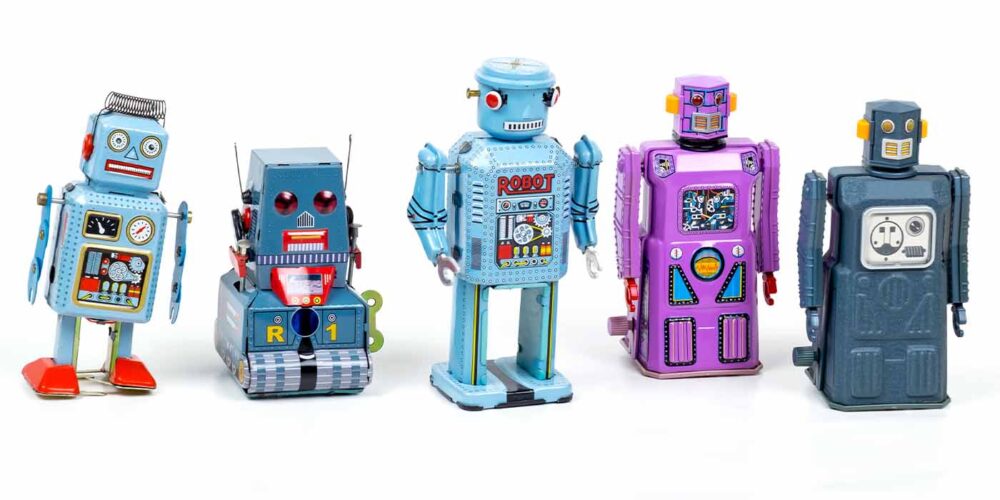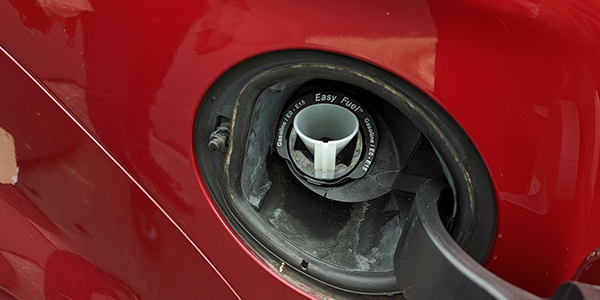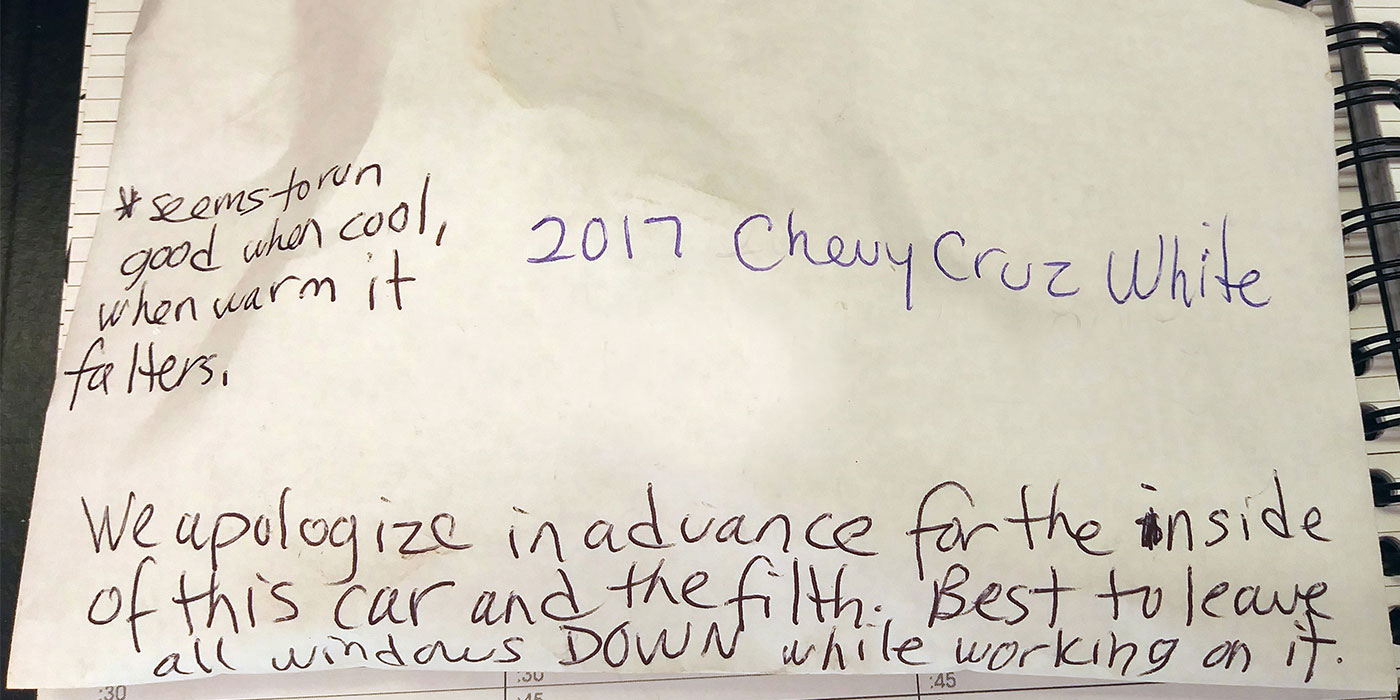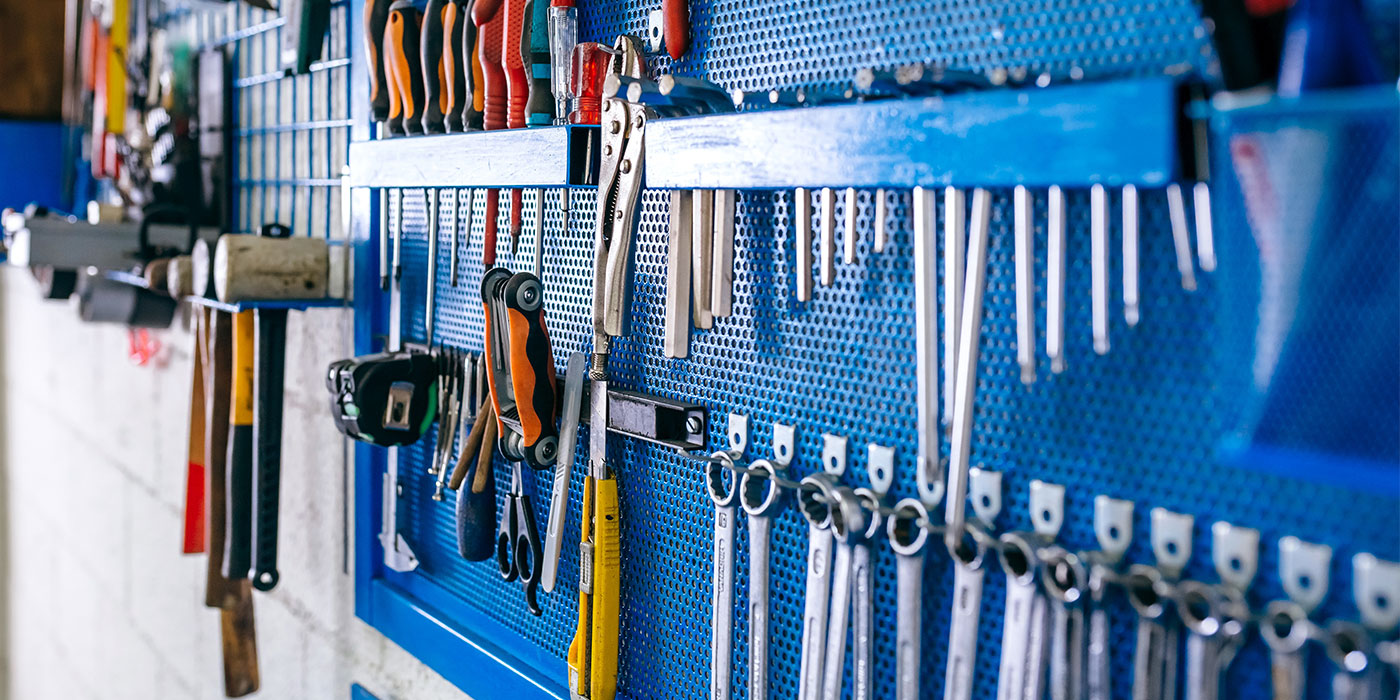Artificial Intelligence (AI):
- Risk of Extinction by AI Should be a Global Priority
- The Artificial Intelligence Dilemma: Can Laws Keep Up?
- China Is Flirting with AI Catastrophe
- Artificial Intelligence Robots are Primed to Replace Auto Mechanics
These are some alarming headlines about an impending disaster that reads more like a science fiction novel. But, the reality is that AI has been around for more than 20 years in the aftermarket and has made the lives of technicians and shop owners easier without ever threatening the existence of humanity.
What is causing all the headlines is ChatGPT. This “chatbot” scrapes the internet for answers and formats the information in a way so it appears as a “know-it-all” human. However, it is not creating new content or performing research. It just rearranges words found online according to a large language algorithm. The chatbot may help a student write a term paper or a programmer generate code, but it can’t fix a car because it lacks real-world experience working on a vehicle.
ChatGPT doesn’t know the difference between a fuel pump in the tank and a high-pressure direct-injection fuel pump under the hood. Talking to ChatGPT is like conversing with a mediocre DIY parts swapper who watched too many YouTube videos.
The worst part is ChatGPT can’t determine if the information is accurate. It just scrapes articles, papers and everything online for the response and does not offer sources so you can double-check the information.
Aftermarket AI
Like it or not, you are part of the aftermarket AI engine. Aftermarket AI is not as chatty as ChatGPT, but is far more relevant and functional for shops. Aftermarket AI has collected data and refined intelligent algorithms to recognize trends and patterns for over 20 years. Every year it gets a little better.
Every time you look up or order a part, data is generated. This data is analyzed to make efficient decisions for parts inventories. Aftermarket AI can ensure a part is in stock at the right time. These intelligent algorithms can even cross-reference databases, like vehicle registrations, to ensure the part is in the correct location for the vehicles in a given geographic region.
If you are looking up repair information or using shop management software, the data from the interaction is being harvested. The data can be used to make the navigation of the software more precise by populating fields and menus with the most relevant results. Eventually, this data could be used for predictive maintenance and repair because the data includes information like symptoms, codes and if the part installed cured the problem.
Some companies have even harnessed chatbots similar to ChatGPT to access repair information like lug nut torque and inflation pressures. With this tool, you could verbally ask for a specification and get an accurate answer. Service information providers, and even OEM repair information sites, also use AI to organize and optimize repair information. This can make any technician more productive.
Will aftermarket intelligence ever take over the world and kill all humans? Probably not. What it will do is put parts and service information at your fingertips. Is ChatGPT going to take over the world? No, but it could unburden shop owners from the most painful part of the job – interacting with customers over the phone and online.














